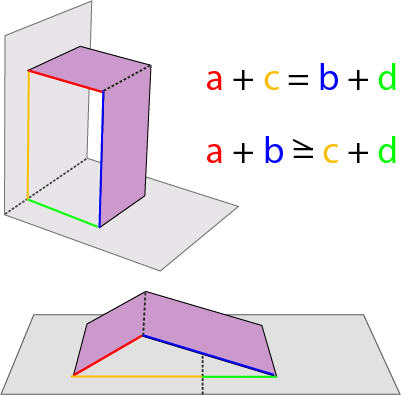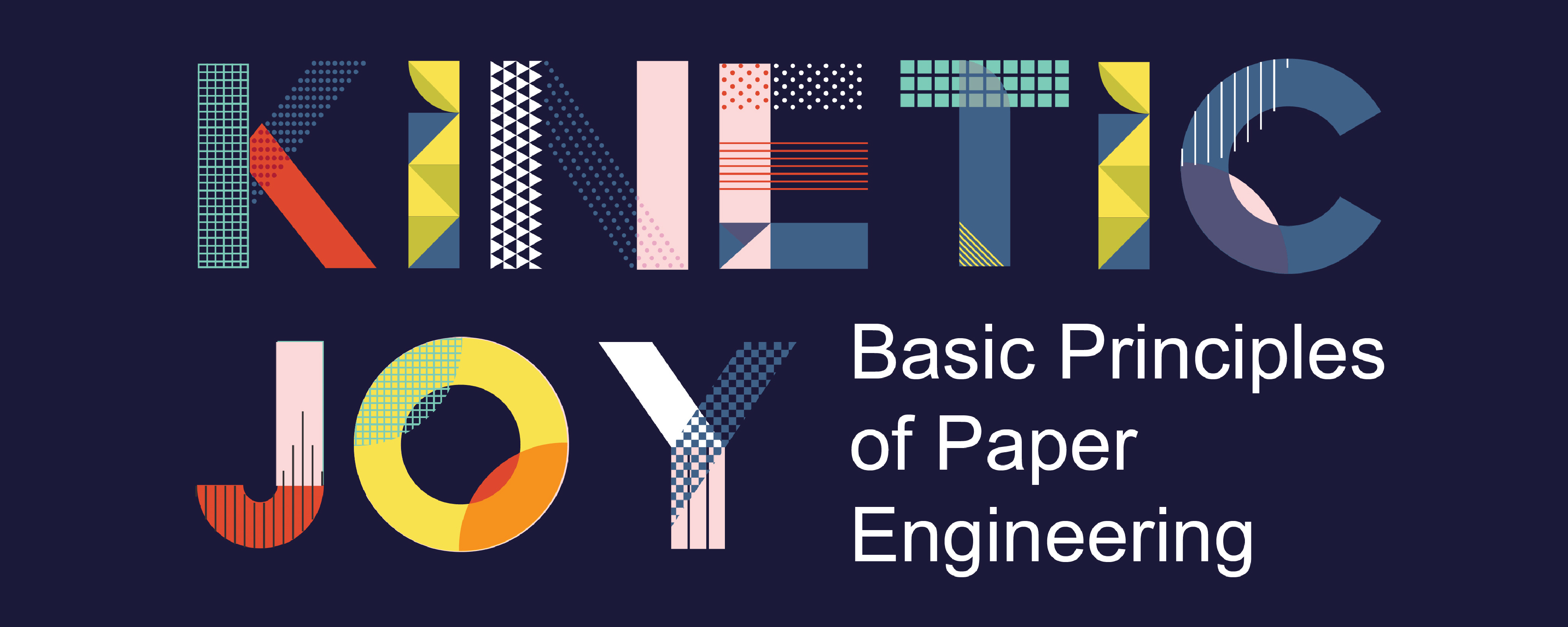The decomposition of the printed book underlying the operation of the movable book was used historically for different purposes (educational, mnemonic, ludic, cryptographic), .... The developmental stages of this type of book... were marked by the different paper-engineered devices used: starting from a two-dimensional structure, simulating movement and/or three-dimensionality, then came three-dimensional structures which broke the conventional structure of the book, going beyond the confines of the pages.
- Mara Sarlatto, "Paper Engineers and Mechanical Devices of Movable Books of the 19th and 20th Centuries" Italian Journal of Library, Archives and Information Science, Vol. 7, n. 1 (January 2016). Art. #11610 p. 90
(text and background only visible when logged in)
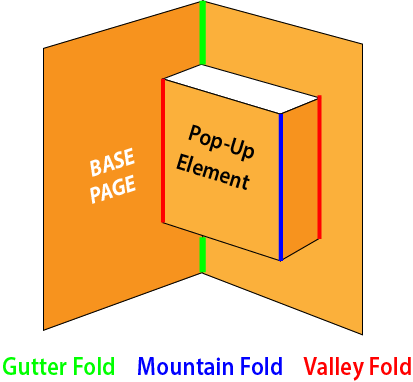
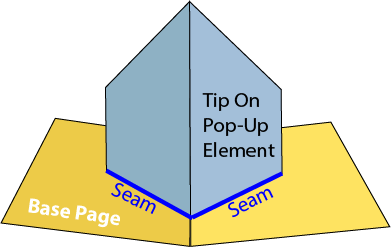
(text and background only visible when logged in)
Basic Principles
The basics of paper engineering rely on a foundation of math and science principles. The best way to understand the basic elements of paper engineering is observation through construction and manipulation. A few key concepts can clarify its mathematic and scientific foundations. The first of which is Newton’s Third Law:
(text and background only visible when logged in)
Newton's 3rd Law
For every action, there is an equal and opposite reaction.
“A force is a push or a pull that acts upon an object as a result of its interaction with another object. Forces result from interactions! .... Some forces result from contact interactions (normal, frictional, tensional, and applied forces are examples of contact forces) and other forces are the result of action-at-a-distance interactions (gravitational, electrical, and magnetic forces). According to Newton, whenever objects A and B interact with each other, they exert forces upon each other.... These two forces are called action and reaction forces and are the subject of Newton's third law of motion.”
(text and background only visible when logged in)
Trigonometry
Trigonometry, the study of angles, is essential in the creation of successful angle folds and parallel folds. Whether or not the creator understand the math behind the structures, the pop-up will not work if the structure does not straddle the gutter fold and if the angles and lengths are not balanced.
(text and background only visible when logged in)
Angle Folds (a.k.a. V-Folds)
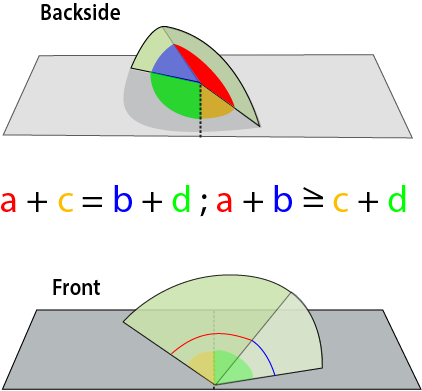
(text and background only visible when logged in)
Angle Folds
Angle folds, also known as v-folds, may be right, acute, or obtuse angles. It is also possible to create asymmetric angles. The v-fold is created when the three creases of the pop-up element converge at the same point on the spine or gutter of the base. In each case, the angle on the pop up and the angle on the base relative to the left of the central fold of the base sheet must equal the angle on the pop up and the angle on the base relative to the right side of the central crease of the base. This is especially important when designing asymmetric angles. The angle of the pop-up element must be greater than or equal to the angle on the base in order for the pop up to "pop."
(text and background only visible when logged in)
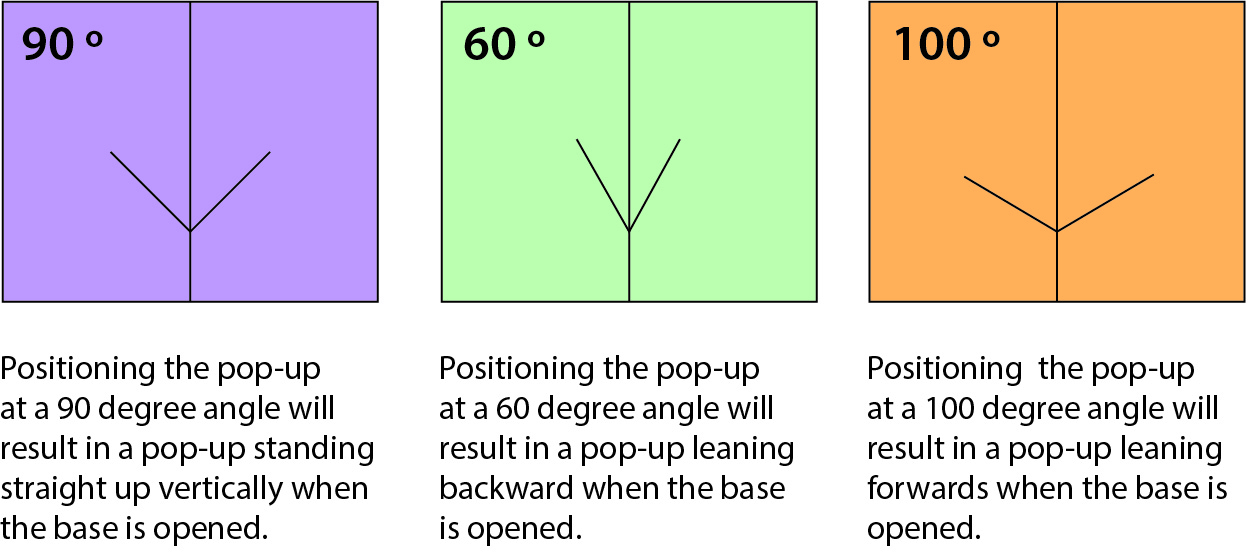
(text and background only visible when logged in)
(text and background only visible when logged in)
Parallel Folds
Parallel folds produce a wide range of shapes: boxes, tents, cylinders, cones, pyramids, boats, and arcs. Unlike the angle fold, the 2-3 main creases of the pop-up element are parallel to the gutter/spine. Regardless of the shape, the length of the element on Side A plus the distance of the element from the gutter on that same side must be equal to the length of the element on Side B plus the distance of the element from the gutter on the same side. This is true even if the element is asymmetric. The pop-up element must be larger than the distance between the base anchors. It should be noted that the parallelogram lies flat at 180° and only comes into dimension when held at less than 180° while the symmetric and asymmetric folds require the page be open to 180°.
